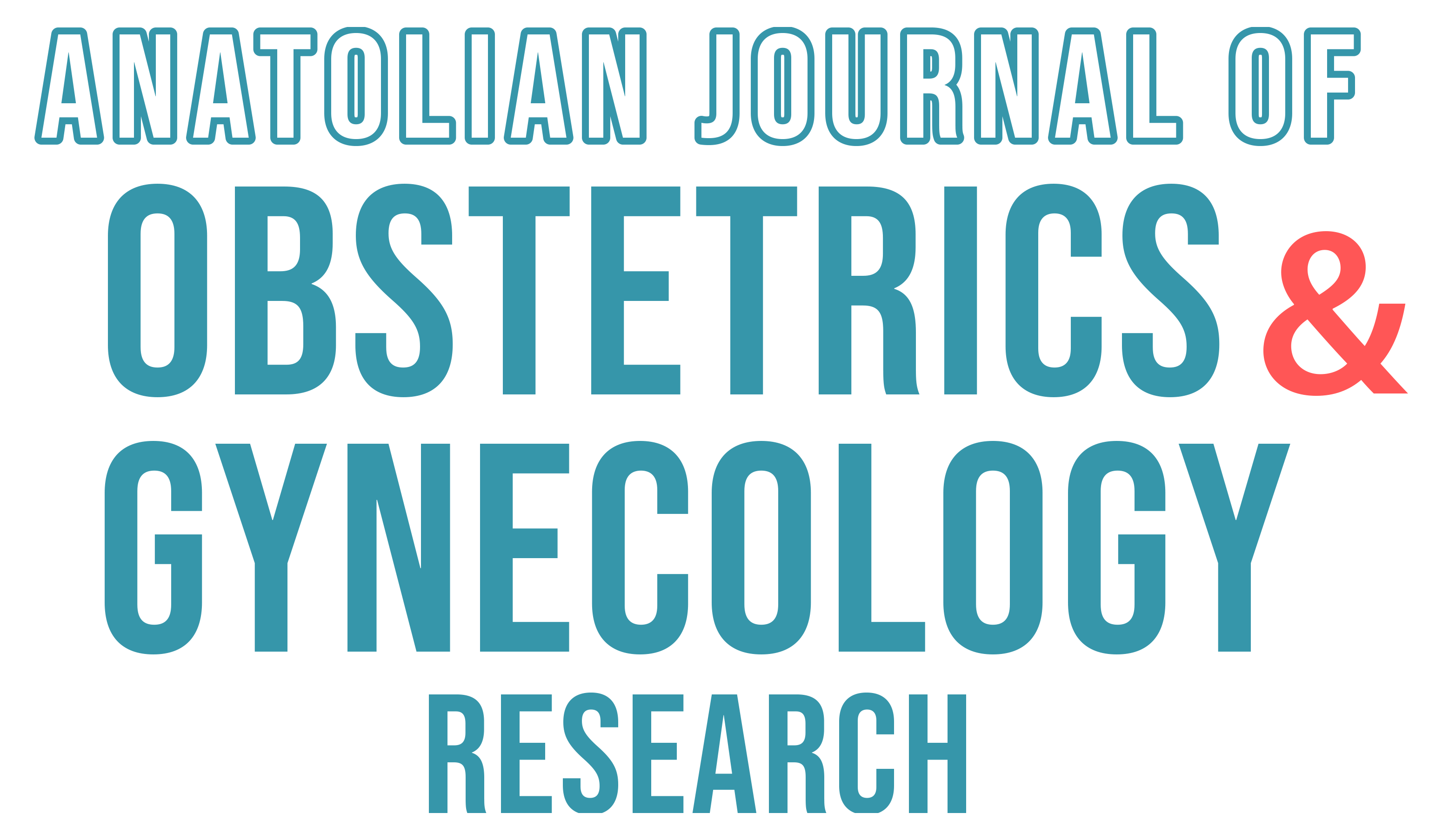Obstetrics and Gynecology, cornerstones of women’s health, continuously evolve as new research broadens our understanding and refines clinical practices. This collection of studies covers various topics, each contributing unique insights and addressing key challenges in the field. By focusing on current issues from thrombocyte-rich plasma (PRP) therapies to cesarean birth rates, these articles exemplify the commitment to enhancing patient care, reducing adverse outcomes, and exploring novel therapeutic approaches.
The first article, “Thrombocyte-rich Plasma in Gynecology: A Review”, explores a promising therapeutic avenue for several gynecological conditions. PRP therapy has emerged as an innovative option, aiming to enhance tissue repair and regeneration due to its high concentration of growth factors. The potential benefits of PRP therapy include applications in infertility treatments and management of endometrial pathologies. However, further research is necessary to refine treatment protocols, assess long-term efficacy, and establish standardized guidelines for its application in clinical practice.
In “The Role of Matrix Metalloproteinases in Copper IUD-Induced Dysmenorrhea and Prolonged Menstruation”, the authors shed light on the involvement of matrix metalloproteinases (MMPs) in copper intrauterine device (IUD) side effects. By examining the upregulation of MMPs, this study provides insight into the molecular mechanisms underlying dysmenorrhea and prolonged bleeding in IUD users. Identifying these pathways could ultimately guide the development of adjunct therapies to alleviate side effects and improve patient compliance with this highly effective contraceptive method.
Maternal health remains a critical concern, as seen in “Decreasing and Maintaining Low Maternal Mortality Rate and Near Miss in Kocaeli District”. This article highlights the success of targeted interventions to reduce maternal mortality rates in the Kocaeli district. Through comprehensive maternal healthcare programs and timely interventions, the district has demonstrated how systematic approaches can significantly impact maternal outcomes. Such studies are invaluable as models for broader implementation, particularly in regions still struggling with high maternal mortality rates.
Another compelling study, “Could Clinically Suspicious Cervix Predict Cervical Premalignant and Malignant Lesions in Postmenopausal Women?” tackles a critical issue in cervical cancer screening. The findings suggest that a visually suspicious cervix might serve as an early warning sign for premalignant and malignant lesions in postmenopausal women, emphasizing the importance of vigilant screening. This study supports the need for gynecologists to consider visual assessments as a supplementary tool in cervical cancer prevention.
The study on the differential expression of MMPs and other markers in endometrial polyps, “MMP-1, MMP-2, MMP-9, TIMP-1, TIMP-2, MUC1, and CD29 Expression in Endometrial Polyps at Implantation Window Compared to Neighboring Normal Endometrium”, provides insights into molecular distinctions between polyp tissues and normal endometrial tissue during the implantation window. The findings may have implications for understanding infertility in patients with endometrial polyps and aid in developing targeted treatments to enhance implantation success.
Cesarean section rates are a topic of debate worldwide, with the study “What is an Ideal Cesarean Birth Rate? The Use of the C-Model and Further Interpretation with the Robson Classification System, A Retrospective Analysis” offering valuable insights. This retrospective analysis applies both the C-Model and Robson Classification to understand cesarean trends, underscoring the complexity of defining ideal cesarean rates. By analyzing factors contributing to cesarean rates, this study provides a nuanced view that could guide future policies and practices for optimal delivery outcomes.
In exploring surgical innovations, “Nazik Neovagina Technique: A Case Series” presents a novel approach to neovagina construction, offering a potential alternative for patients requiring vaginal reconstruction. The technique demonstrates promising outcomes, which may expand options for patients with congenital or acquired vaginal defects.
Lastly, “A Case Report of Uterine Myometrial Defect Following Hayman and Square Sutures for Postpartum Hemorrhage” addresses complications following life-saving postpartum hemorrhage interventions. Documenting such cases is vital, as it encourages ongoing evaluation of current practices and highlights the need for further refinement of surgical techniques.
In sum, this issue reflects the diversity of modern obstetrical and gynecological research, addressing reproductive health challenges, maternal outcomes, cancer screening, and surgical innovations. These studies not only contribute to the existing body of knowledge but also pave the way for future advancements in patient-centered obstetrical and gynecological care. By continuing to address these pressing topics, we move closer to achieving optimal health outcomes for women worldwide.
Cemil Oğlak, MD
Associate Professor



